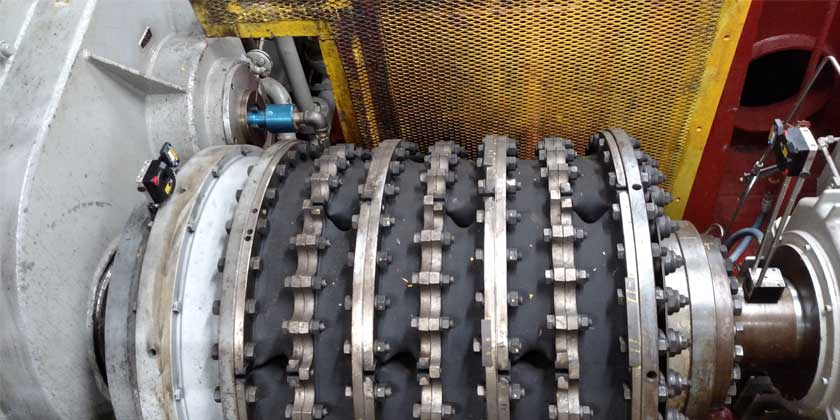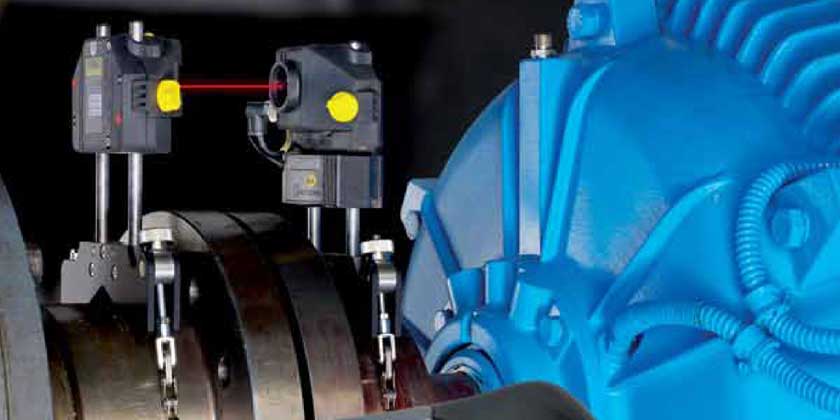 Machinery Alignment
Machinery Alignment
Diehl Engineering Company will provide active onsite assistance to align close-coupled rotating machinery, following many of the principles outlined for shaft alignment, with the exception of choice of measurement equipment used.
Machinery alignment consists of these steps:
Determine what the alignment should be to suit the operating conditions, measure the existing alignment, and finally perform the adjustments to achieve the desired alignment.
 Machinery Alignment Measurement via Dial Indicators
Machinery Alignment Measurement via Dial Indicators
The traditional method for aligning close coupled machines uses conventional dial indicators, or in some cases feeler gages, to sweep the rim and face of opposing coupling flanges. Typically, this method will require one machine to be uncoupled from the other machine.
There are special cases, in which traditional methods are still preferred, and we are fully capable and experienced with traditional alignment methods to get the job done right. If re-alignment is required, DEC will perform the geometric analysis necessary to make adjustments at the machinery feet, without resorting to costly trial and error methods.
 Machinery Alignment Measurement via Lasers
Machinery Alignment Measurement via Lasers
Our first-choice tool today for measuring alignment of machinery is our Rotalign® laser-assisted alignment equipment. The Rotalign system consists of a laser transmitter attached to the shaft of one machine that looks at a laser receiver attached to the shaft of the opposing machine, while rotating both machines through a full, or even partial, revolution.
This equipment can be used with both coupled and uncoupled machines, and will internally process and display the existing alignment in terms of offsets and angles, or misalignment angles at each end of a double flexure coupling. The internal processor will also compute the adjustments necessary at each of the mounting foot locations of one machine, to achieve the desired alignment.
